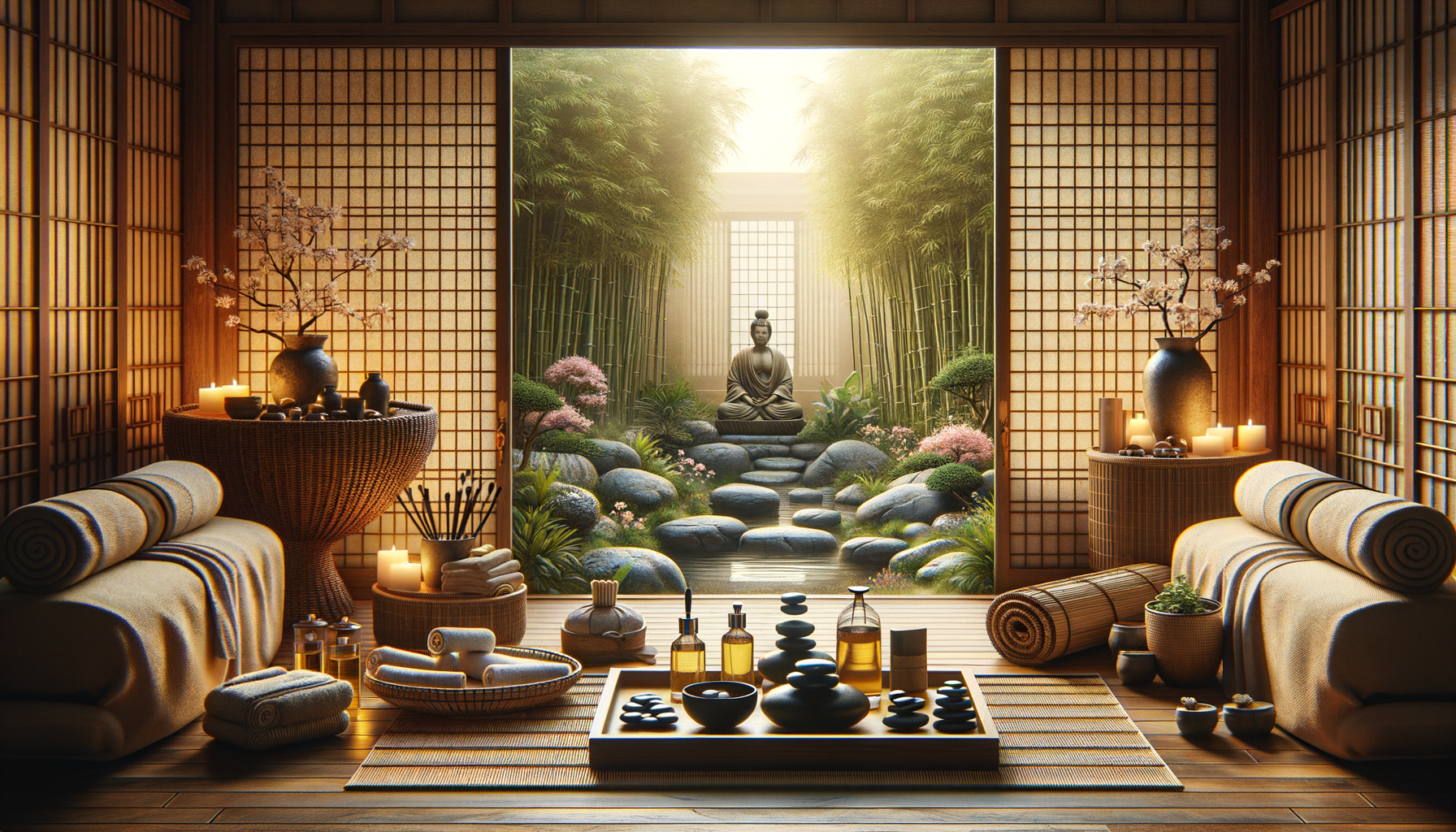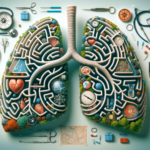The Origins and Philosophy of Asian Massage
Asian massage has deep roots in the ancient traditions of the East, encompassing a variety of techniques and philosophies that have been passed down through generations. Each form of massage, whether it be Thai, Shiatsu, or Tui Na, is influenced by the cultural and spiritual beliefs of its origin. These practices are not merely about physical relaxation but are deeply intertwined with the concept of balancing the body’s energy. In traditional Chinese medicine, for example, the focus is on the flow of ‘Qi’ (or life energy) through pathways in the body known as meridians. Similarly, Ayurvedic massage from India emphasizes the balance of ‘doshas’ (energetic forces) to maintain health.
These ancient philosophies highlight the importance of harmony between the body, mind, and spirit. By addressing the energy imbalances, Asian massage aims to promote overall well-being. This holistic approach is what sets it apart from many Western massage techniques, which often focus primarily on muscular relief. The philosophy behind Asian massage is that true health comes from within and is achieved by nurturing the body’s natural ability to heal itself.
Techniques and Benefits of Asian Massage
Asian massage encompasses a range of techniques, each offering unique benefits. Thai massage, often referred to as ‘lazy yoga,’ involves stretching and deep pressure to improve flexibility and relieve tension. Practitioners use their hands, elbows, knees, and feet to manipulate the body, helping to restore energy flow and reduce stress. The benefits of Thai massage include improved circulation, increased flexibility, and enhanced mental clarity.
Shiatsu, a Japanese form of massage, uses finger pressure on acupuncture points to stimulate the body’s self-healing processes. This technique is known for relieving headaches, reducing stress, and improving sleep quality. Tui Na, a Chinese therapeutic massage, involves rhythmic compression along energy channels and manipulation of joints. It is particularly effective for treating musculoskeletal issues and promoting relaxation.
These techniques not only address physical ailments but also enhance mental and emotional health. Regular sessions can lead to a profound sense of relaxation and rejuvenation, making Asian massage an integral part of a balanced wellness routine.
Comparing Asian Massage with Western Techniques
While both Asian and Western massage techniques aim to improve health and well-being, their approaches and philosophies differ significantly. Western massage often focuses on the physical manipulation of muscles and tissues to relieve tension and pain. Techniques such as Swedish massage emphasize relaxation through long, flowing strokes, while deep tissue massage targets deeper muscle layers to relieve chronic pain.
In contrast, Asian massage techniques incorporate a holistic approach, focusing on the body’s energy systems. The belief is that physical discomforts are often linked to imbalances in energy flow, and by addressing these imbalances, one can achieve overall health. This approach often involves a combination of pressure, stretching, and mindfulness, aiming to align the body’s energy with its physical state.
While Western techniques are highly effective for immediate relief of muscular tension, Asian massage offers a more comprehensive approach to health, addressing both physical and energetic aspects. Many individuals find that integrating both styles into their wellness routine provides the most balanced results.
Choosing the Right Asian Massage for You
With the variety of Asian massage techniques available, selecting the right one can be a personal journey. It’s essential to consider your specific needs and health goals when choosing a massage style. For those seeking deep relaxation and flexibility, Thai massage might be the ideal choice. Its combination of stretching and pressure can help alleviate stress and improve range of motion.
If your focus is on energy balance and stress relief, Shiatsu may be more suitable. This technique’s emphasis on pressure points can help restore harmony and promote relaxation. For individuals dealing with chronic pain or musculoskeletal issues, Tui Na offers a therapeutic approach that targets specific problem areas.
It’s also important to consider the practitioner’s expertise and your comfort level with the technique. Trying different styles can help you discover what resonates most with your body and mind, leading to a more fulfilling and effective massage experience.
Incorporating Asian Massage into Your Wellness Routine
Integrating Asian massage into your wellness routine can provide numerous benefits for both body and mind. Regular sessions can enhance physical health, reduce stress, and improve emotional well-being. Many people find that scheduling massages weekly or bi-weekly helps maintain balance and prevents stress build-up.
To maximize the benefits, consider combining massage with other wellness practices such as yoga, meditation, or tai chi. These activities complement the principles of Asian massage, promoting energy flow and mindfulness. Additionally, maintaining a healthy lifestyle with a balanced diet and regular exercise can enhance the effects of massage, leading to a more holistic approach to health.
Ultimately, the key to a successful wellness routine is consistency and finding what works best for you. By listening to your body and adjusting your practices accordingly, you can enjoy the lasting benefits of Asian massage and achieve a harmonious balance in your life.








